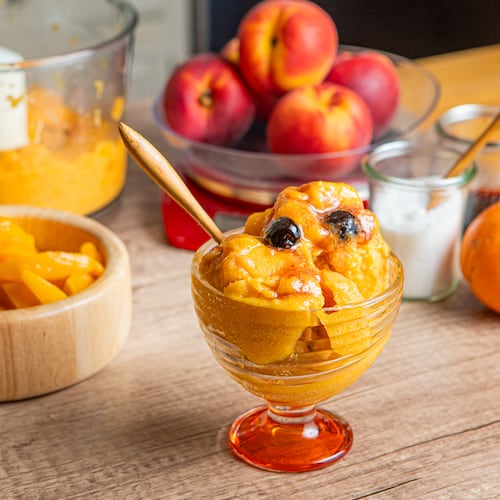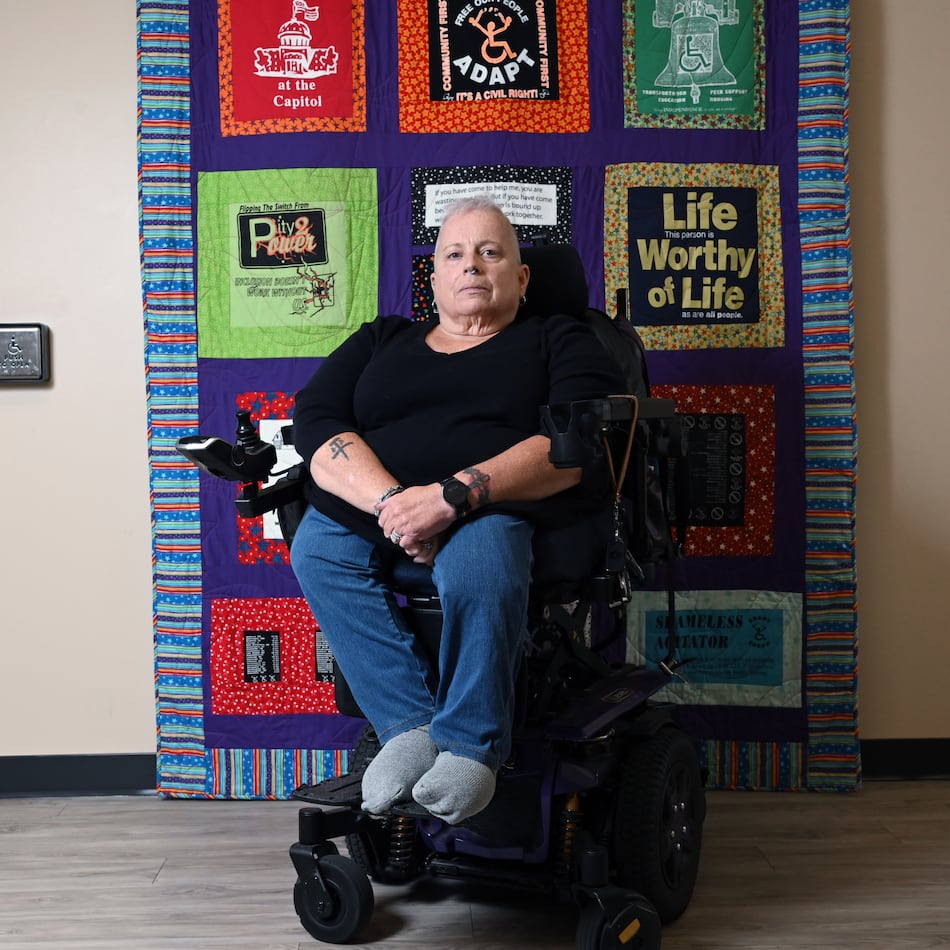By Michele Kayal
For The Associated Press
Sarah Bullington says she used to be quite the cookbook collector. The mother of three preschoolers, Bullington works hard to keep healthy choices and variety on the dinner table, and she’s always on the hunt for a new recipe.
But these days the Marietta resident never cracks open those cookbooks and instead goes online for inspiration. Specifically, she likes MyRecipes.com, a site where participating magazines -- from Southern Living to Cooking Light to Food & Wine -- aggregate their published recipes.
“I find it really useful,” Bullington says. “You might find a recipe in Southern Living, and then look it up online. You can then save it into your own [online] cookbook, and you can also add your own recipes.”
My Recipes is part of a new wave of digital tools that are changing the way home cooks explore new recipes, revisit old ones and create satisfying meals. They are also helping to blur the lines between online and print.
Jimmy Sobeck, who publishes the blog Eat It, Atlanta, is looking into registering at EatYourBooks.com, a service that will index the recipes in the cookbooks he already owns. “So many times I go through my browser’s bookmarks to search for recipes when I’m thinking about what we’re going to have for dinner, even though I have 30 cookbooks just sitting there right next to me.”
Launched nine months ago, Eat Your Books boasts a library of 88,000 books with more than 2,000 indexed volumes. Users tell the site which cookbooks they own, then they can quickly peruse the recipes of the chefs and authors they already trust.
Likewise, Cookstr.com catalogs recipes from more than 500 chefs and cookbook authors and offers them to users for free. And mobile applications and e-books, once little more than digitized versions of cookbook content, have begun adding features that make the experience interactive and highly personal.
"It is completely feasible today that a mobile device will be the center of the connected kitchen, and Cookstr wants to be at the center of that connected kitchen," says Cookstr's chief executive officer, Art Chang.
Cookstr offers roughly 8,000 recipes from 16 major cookbook publishers, each of them sifted by a team of food-savvy "curators" who categorize them by variables such as ingredient, nutritional information, even taste and texture. Want a chicken dish that's spicy, requires only one pot and has fewer than 500 calories per serving? Cookstr offers up 16 recipes, including West African chicken stew and a Thai green curry.
The company has extended the reach of this highly personal, on-demand approach to actual cookbooks, packaging the well-known "1-2-3″ series of three-ingredient cookbooks from award-winning author Rozanne Gold into 32 different digital books for iPhones and iPads. Sold through Apple's iBookstore, recipes can be purchased in bundles of 10, 50 or 250, allowing buyers to build their own a la carte recipe collections.
And cooks seem to be responding to these new digital options. Cookstr has grown from 12,000 users when it launched nearly three years ago to roughly 250,000 unique visitors a month, Chang says.
Meanwhile, anticipation of the digital dining revolution has prompted designers of apps -- the applications, or programs, that run on mobile phones and tablets such as the iPad -- to add features beyond simple ingredient searches and shopping list creation. We're talking elements such as "push" notices that send daily recipes to your device, "shuffle" functions that create new menus from the same tranche of recipes, ingredient substitution options and comprehensive videos on tips and techniques.
CulinApp, a Houston-based application development company, plans to offer products that couple cookbook content from well-known chefs and authors with high-definition video personalized to the individual user's preferences: Cookbook meets on-demand cooking show.
The company's just-released first app combines two-dozen recipes from baking expert Dorie Greenspan's bestselling cookbook, "Baking: From My Home to Yours," with comprehensive video of every step in every recipe. Text can be viewed in four different formats, from traditional cookbook page to a flowchart of ingredients and steps. The video can be consumed whole or broken into individual parts, called "spin view," depending on what the user wants. When the user finishes making the recipe, a timer function keeps track of the baking time.
"There are a lot of people out there who are intimidated by baking," says Laurie Woodward, founder of the online community Tuesdays with Dorie, which has spent the last four years baking its way through the hardcopy of Greenspan's cookbook. "This is a really great way to introduce people to baking who are more visual."
If the new technologies are changing the way people cook, they're also changing the way authors write. Greenspan says the app allows her to offer tips and advice that she couldn't in a printed cookbook -- for instance, demonstrating what "room temperature" butter looks like (it should hold a fingerprint). Greenspan says it also forced her to re-think her recipes and communicate them in a different way.
But book lovers need not mourn the death of print just yet. Eat Your Books fan van Leunen says the site actually has inspired her to buy more books. And social media expert Natanya Anderson says the on-demand nature of sites like Cookstr will allow people to explore cuisines more efficiently and cost effectively than buying a whole cookbook.
But what does appear in print likely will change.
"In 10 years we'll find very specific kinds of things that are important to have in print, whether it's a glossy magazine for the holidays or gorgeous cookbooks that are memorable, and then this whole other class of content that's about getting dinner on the table," says Anderson, senior social media manager for Whole Foods Market Inc. and a veteran developer of online communities. "And I'm OK with that. If there's more cooking information available to more people at price points and in more formats that they can utilize, then that's a win for everybody."
John Kessler (jkessler@ajc.com) contributed to this story.
Samplings from the digital kitchen (could illustrate with horizontal screenshot of CulinApp's just-released first application,"Cooking with Dorie")
-- EatYourBooks.com: Indexes recipes from cookbooks you already own, boasting a library of 88,000 books with more than 2,000 indexed volumes.
-- Cookstr.com: Catalogs recipes from more than 500 chefs and cookbook authors, offering roughly 8,000 recipes from 16 major cookbook publishers.
-- CulinApp: Plans to offer applications coupling cookbook content from well-known chefs and authors with HD video personalized to a user's preferences.
The Associated Press
About the Author
The Latest
Featured

